Off-Road Vehicles
Introduction
Off-road vehicles, also known as ORVs or off-highway vehicles, are vehicles designed to handle rough terrain that regular vehicles cannot. These vehicles are typically used for recreational purposes, such as off-roading and rock crawling, but they also have practical applications in industries like agriculture, construction, and military. Off-road vehicles can be divided into two main categories: recreational off-road vehicles and utility off-road vehicles1(https://www.sciencedirect.com/science/article/pii/S1361920916307933).

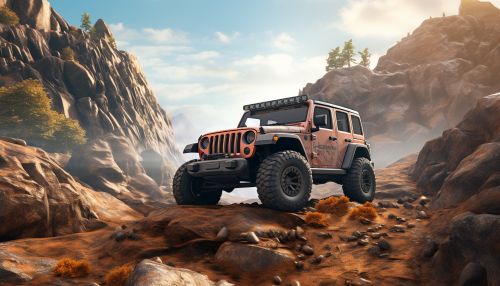
Types of Off-Road Vehicles
There are several types of off-road vehicles, each designed for specific terrains and uses. These include:
All-Terrain Vehicles (ATVs)
All-Terrain Vehicles, or ATVs, are small, open motor vehicles with three or four large, balloon-style tires. They are designed for a single rider who operates the vehicle in a similar manner to a motorcycle, but with the extra stability provided by the additional wheels2(https://www.ncbi.nlm.nih.gov/pmc/articles/PMC2598371/).

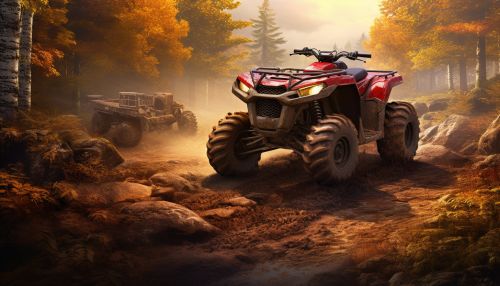
Utility Terrain Vehicles (UTVs)
Utility Terrain Vehicles, or UTVs, also known as side-by-sides, are larger than ATVs and are capable of seating between two and four people. They are often used for more work-oriented tasks, such as farming or hunting, but can also be used for recreational purposes3(https://www.sciencedirect.com/science/article/pii/S0020138315003847).
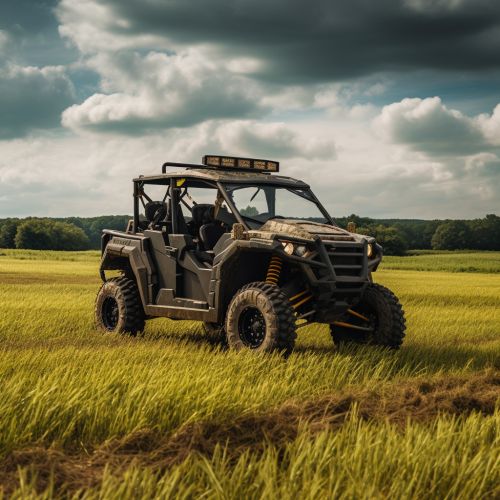

Off-Road Motorcycles
Off-road motorcycles, also known as dirt bikes, are specifically designed for off-road events. They have lighter and simpler construction, long suspension travel, and high ground clearance compared to regular motorcycles4(https://www.sciencedirect.com/science/article/pii/S0020138315003847).

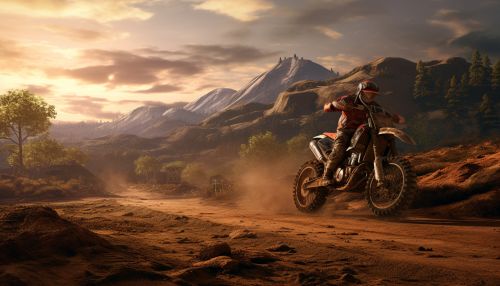
4x4 Vehicles
4x4 vehicles, also known as four-wheel drives (4WD), are vehicles where the engine powers all four wheels simultaneously. This provides better control and traction, especially on slippery or uneven surfaces, making them ideal for off-road driving5(https://www.sciencedirect.com/science/article/pii/S1361920916307933).

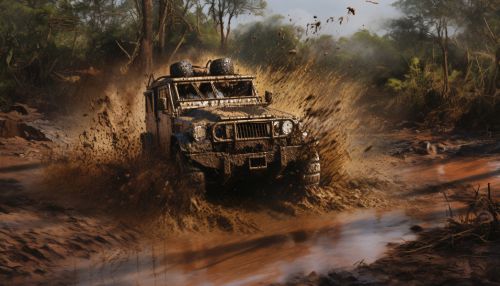
Off-Road Vehicle Design
The design of off-road vehicles is significantly different from regular vehicles due to the unique challenges they face. Key design elements include:
Suspension
The suspension in off-road vehicles is designed to absorb the shock of rough terrain and to keep the wheels in contact with the ground as much as possible. This is typically achieved through long-travel suspension systems6(https://www.sciencedirect.com/science/article/pii/S1361920916307933).
Tires
Off-road vehicle tires are designed to provide maximum traction on various types of terrain. They are typically larger and have deep, aggressive tread patterns to grip loose surfaces like dirt, sand, and mud7(https://www.sciencedirect.com/science/article/pii/S1361920916307933).
Ground Clearance
Ground clearance is the distance between the vehicle's undercarriage and the ground. Higher ground clearance allows off-road vehicles to navigate over obstacles without damaging the undercarriage8(https://www.sciencedirect.com/science/article/pii/S1361920916307933).
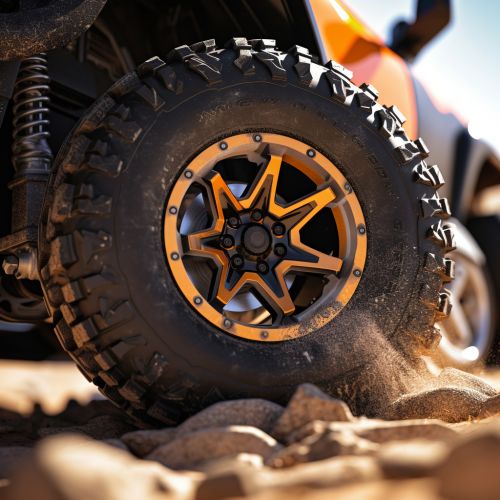

Safety and Environmental Concerns
Off-road vehicles, while providing entertainment and utility, also raise safety and environmental concerns. Accidents can occur due to the challenging terrain and high speeds, and the use of these vehicles can cause soil erosion and damage to vegetation9(https://www.ncbi.nlm.nih.gov/pmc/articles/PMC2598371/). Various laws and regulations have been put in place worldwide to address these issues, including mandatory safety equipment and restrictions on where off-road vehicles can be used10(https://www.sciencedirect.com/science/article/pii/S1361920916307933).
See Also
References
1. https://www.sciencedirect.com/science/article/pii/S1361920916307933 2. https://www.ncbi.nlm.nih.gov/pmc/articles/PMC2598371/ 3. https://www.sciencedirect.com/science/article/pii/S0020138315003847 4. https://www.sciencedirect.com/science/article/pii/S0020138315003847 5. https://www.sciencedirect.com/science/article/pii/S1361920916307933 6. https://www.sciencedirect.com/science/article/pii/S1361920916307933 7. https://www.sciencedirect.com/science/article/pii/S1361920916307933 8. https://www.sciencedirect.com/science/article/pii/S1361920916307933 9. https://www.ncbi.nlm.nih.gov/pmc/articles/PMC2598371/ 10. https://www.sciencedirect.com/science/article/pii/S1361920916307933
